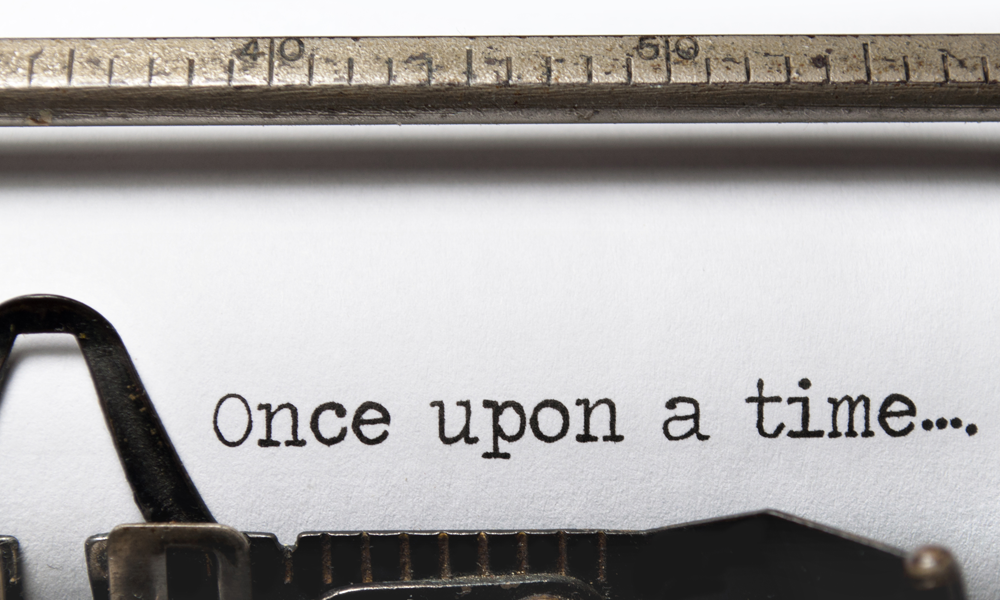
How Storytelling Defines Your Brand
An association's brand is more than just a logo---it's the stories people tell about you. Are you listening to what's being said in connection with your organization's name?
If you want a sense of just how intimately connected branding and leadership are, take a look at the animated GIF in Rob Stott’s story last week about ousted Los Angeles Clippers owner Donald Sterling.
Compelled to make a collective statement about Sterling’s racist remarks, Clippers players took to the court wearing their T-shirts inside-out, obscuring the team logo. It was a powerful denial of affiliation with what the logo, in that moment, represented.
“Organizational identity within the nonprofit sector is shaped by stories,” says Carlo M. Cuesta
I mention this not to diminish the anguish Sterling caused—I don’t mean to suggest that the Clippers just had a teensy branding problem. I do want to note that part of what the players were saying at that moment is that there’s a story wrapped up in that simple logo. And if people don’t like the story that’s connected with an organization’s image, they will work to literally turn that story inside-out.
So pay attention to the story your association is telling.
What Are People Saying?
Writing in Nonprofit Quarterly last month, Carlo M. Cuesta discussed this intersection between image, branding, and the stories that members and stakeholders tell about an organization. “Organizational identity within the nonprofit sector is … shaped by stories,” Cuesta writes. But more than that, he notes, the story is no longer controlled exclusively by the organization’s marketing department. “Through storytelling, when effectively guided, both internal and external publics can be given the opportunity to contribute to the creation of a meaningful narrative,” he writes. “A stronger bond is formed when our participants, donors, and community members, along with staff and volunteers, see themselves less as stakeholders and more as story shapers.”
Which is to say that branding is a collaborative process. I saw some of that in action while writing about the Leukemia and Lymphoma Society’s rebranding effort last year. LLS wanted to emphasize its successes in the fight against blood cancers, and the image and messaging put an optimistic, primary-color spin on the the association’s work. But what the rebranding emphasizes is individual stories of survivors and their family members, and that theme resonated with the chapters that LLS needed to support the campaign.
The first step in a successful rebranding is listening to the stories members want told. As Cuesta writes, “In order to tell our own story, we need to listen to and embrace the stories of those we wish to reach.”
Collective Imaging
Associations Now‘s Katie Bascuas underscored the importance of that understanding last week in her story about the Automotive Aftermarket Industry Association, which rebranded itself last month as the Auto Care Association. Richard White, the group’s senior vice president, said the goal of the rebranding was partly to clarify what the association does, and partly to create a more outward-facing story about its work. The new name and image, Bascuas writes, “focuses less on the structure of the industry and more on consumers and the value members provide them.”
If we’ve learned anything about association rebranding in the past year or so, it’s that it recognizes the importance of what members and consumers say about your organization and industry. That doesn’t mean that CEOs no longer have control over the association’s message. But the stories people tell about your are now a critical part of your association’s brand.
What does your association do to listen to members and consumers about the strength of your brand? Share your experiences in the comments.
(Charlotte Allen/ThinkStock)






Comments